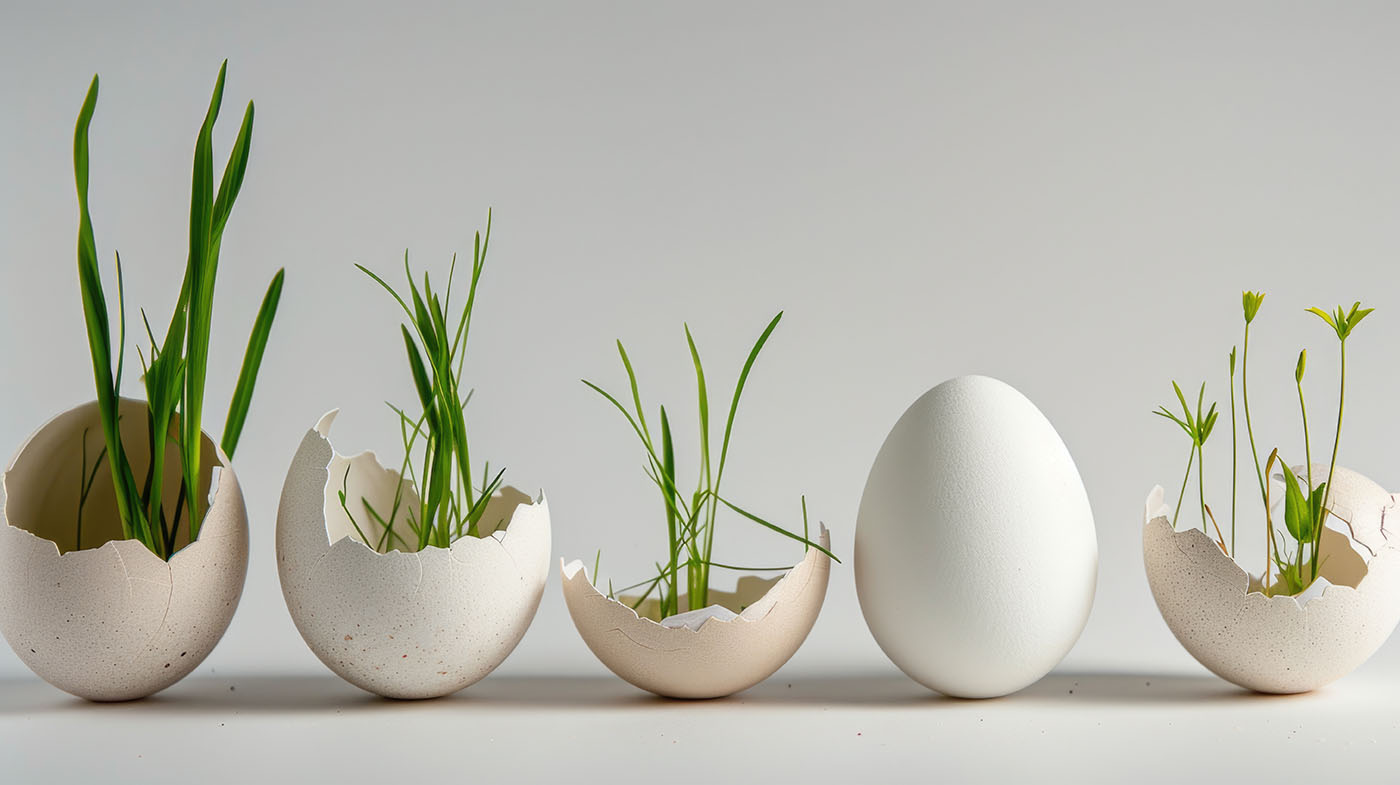Stone Packaging: The Next Wave in Sustainable Materials?

The search for innovative materials is reshaping the industry, and stone packaging is the perfect example.
Understanding Stone Packaging
Stone packaging primarily consists of plastic mixed with calcium carbonate. The specific proportions of these components can vary depending on the intended application. While some studies indicate that fillers may comprise around 30% calcium carbonate, certain brands claim to incorporate over 50% by weight. This material draws inspiration from eggshells, which are 97% calcium carbonate bound by proteins, and naturally degrade, returning calcium carbonate to the environment.
You can also read: Flexible and Recyclable: Monomaterial Packaging Meets Sustainability Needs
Advantages of Stone Packaging

This material was created with eggshells in mind, whose composition is 97% calcium carbonate and some proteins that bind it. The eggshell degrades and the calcium carbonate returns to nature.
A significant benefit of stone packaging lies in the inert nature of calcium carbonate, ensuring it is non-toxic. Using calcium carbonate as a filler reduces the introduction of more plastic, ultimately lowering the carbon footprint of these packages. Manufacturers also report enhanced dimensional stability and increased rigidity in products made from this material.
Carbon Footprint Considerations
Life cycle analyses reveal that stone packaging tends to weigh less and possess a smaller carbon footprint compared to traditional options. A specific study conducted by the Ecodesign-Round Table of Packaging and the Ökopol Institut in Hamburg explored replacing PS yogurt packaging with stone packaging. This change aimed to mitigate the environmental impact and reduce packaging weight due to the unconsolidated recycling chain for PS.
Recyclability and Environmental Impact
Despite its low carbon footprint, stone packaging is currently classified as non-recyclable by the RecyClass. This classification stems from how calcium carbonate affects the recyclability of plastics. Dr. Laura Florez from C-Pack notes that while calcium carbonate is chemically inert and does not alter polymer molecules, its inclusion in plastics like PP can lead to downcycling, potentially contaminating recycling streams that lack calcium carbonate, thus altering the material properties.
Alejandro Serna Escobar from the Colombian Institute of Plastics and Rubber (ICIPC) highlights further complications. Testing reveals that blending low concentrations of calcium carbonate with polymers can degrade the optical properties of plastics, making them opaque and unfit for transparent products. Moreover, the mechanical properties, such as fracture toughness and impact resistance, also suffer.
Another hurdle for calcium carbonate packaging is its potential to alter the density of plastics, complicating identification during separation processes. However, some manufacturers claim that patented technologies enable them to match the densities of the plastics used, overcoming this challenge.
In summary, while stone packaging presents several environmental benefits and innovations, its impact on recycling systems and material properties requires careful consideration. Further testing to fully realize its potential in sustainable material development.
